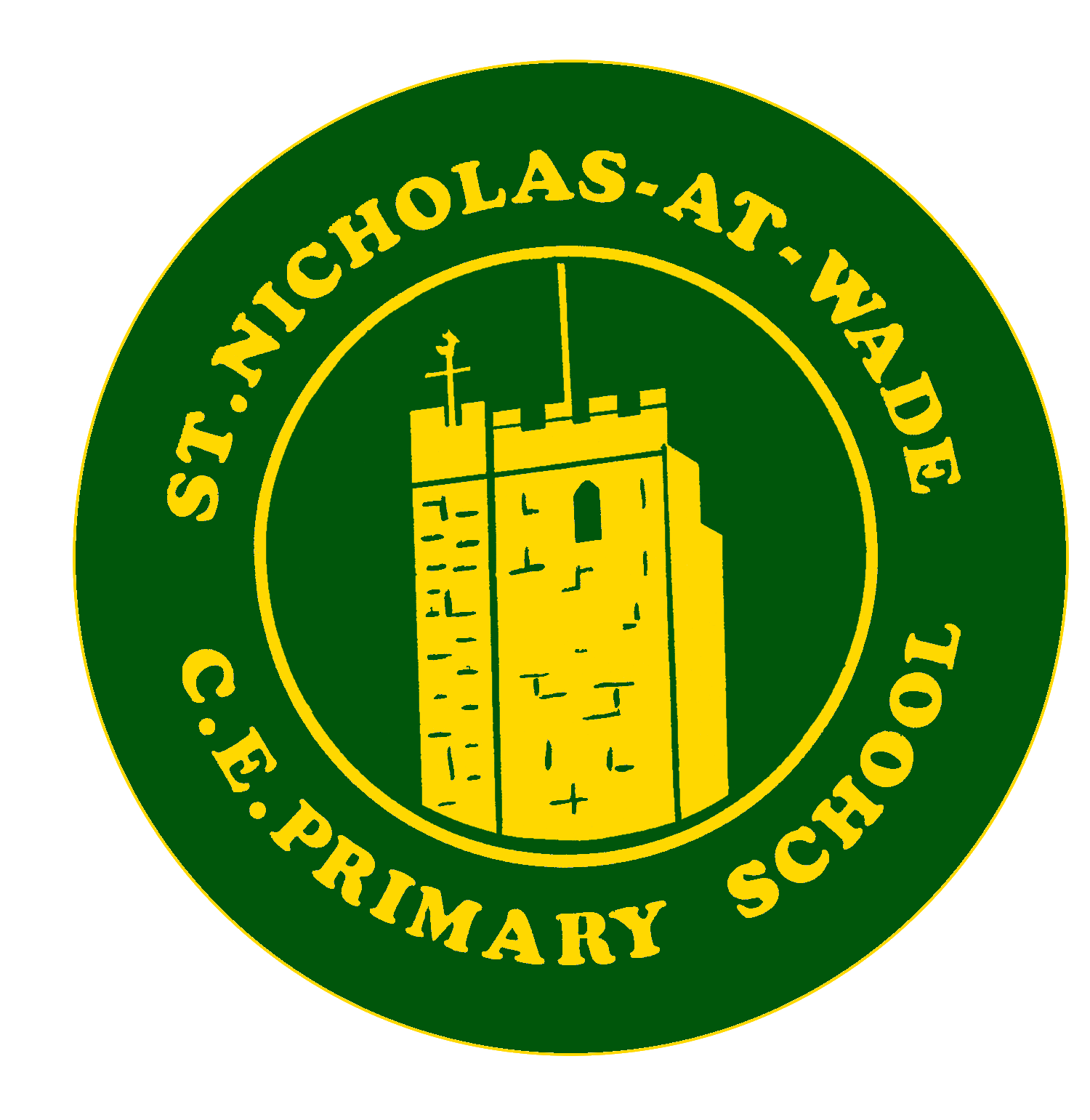Design and Technology
Intent
|
At St. Nicholas-at-Wade Primary School, we believe that all pupils deserve a fully rounded curriculum to become confident, independent, lifelong learners. Our curriculum intent is centred around the following drivers, which are fully embedded across all subjects:
|
|
At St Nicholas-at-Wade Primary School, we aim to provide all children with a curriculum that prepares them for life beyond primary education. Our Design and Technology programme is designed to spark creativity and imagination, allowing children to design and create products that address real and relevant problems. We encourage our pupils to consider their own needs, as well as those of others, as they embark on their design journey. Design Technology is a truly inspiring and practical subject that resonates with children through their everyday experiences. It’s all about thinking creatively, solving problems, and working collaboratively. By engaging in hands-on projects, our pupils develop not just their practical skills but also essential qualities such as perseverance and resilience. Our curriculum blends skills, knowledge, concepts, and values, empowering children to tackle real issues while honing their analytical, problem-solving, practical capability, and evaluative skills. We strive to make connections with other subjects like mathematics, science, engineering, and art, demonstrating the relevance of Design and Technology in various contexts. This interconnectivity nurtures innovation and encourages our children to take thoughtful risks. We also want to ensure a broad and balanced education. This means exposing pupils to a variety of materials, tools, and techniques, recognising that Design and Technology is more than just cooking and textiles; it embraces engineering and product design as well. Furthermore, we introduce our pupils to the rich history and diverse cultures within the world of design, fostering appreciation for sustainability and inclusivity in their work. Ultimately, we aim to equip our children with transferable skills such as critical thinking, teamwork, and communication, enabling them to become confident contributors to their communities. "Technology makes possibilities. Design makes solutions." - John Maeda Implementation
In our Design and Technology curriculum, we strive to inspire creativity and problem-solving skills in all students. We ensure that every learner, including those with Special Educational Needs (SEN), can access and engage with the materials and projects. Our lessons are tailored to provide various entry points, with hands-on support and adaptive tools that cater to individual needs. Impact |
|
|
Our Design and Technology programme has made a significant impact on our pupils, encouraging them to develop essential skills that benefit their overall educational journey. One of the standout areas is enhanced creativity and innovation. Students are increasingly demonstrating their ability to think outside the box and apply their knowledge to tackle real-world problems. This is particularly evident in their project outcomes, where we see original ideas brought to life, as well as during design challenges where their innovative thinking truly shines. Collaboration and teamwork have also improved remarkably. Pupils are working together effectively, respecting one another’s opinions and skills while contributing towards common objectives. This not only builds their social skills but also prepares them for future collaborative environments, whether in further education or the workplace. Moreover, our D&T programme has sparked higher levels of engagement and motivation among students. It’s wonderful to see their enthusiasm blossoming, with many eager to delve into projects and participate in extracurricular activities related to design and technology. This passion for learning is a testament to the exciting and stimulating environment we’ve created. The programme equips our pupils with a host of transferable skills that will serve them well beyond primary school. Skills such as project management, critical thinking, and adaptability are crucial in today’s fast-paced world. By nurturing these abilities, we’re helping to prepare our students for the challenges and opportunities that lie ahead in their educational and career pursuits. Subject leaders evaluate the impact of our curriculum through dedicated 'Subject Weeks'. During these weeks, leaders engage in a comprehensive examination of their subjects, which includes book scrutiny, observing teaching, tracking planning, and conducting pupil conferencing. This thorough approach enables leaders to ascertain the effectiveness of the planned curriculum in enhancing pupils' knowledge, understanding and outcomes in line with the endpoints. The process provides a 360-degree perspective on the intent behind the curriculum, allowing leaders to make informed decisions and strategically plan for subsequent steps to optimise educational outcomes for all students. |
